Influencer marketing was the ultimate marketing toy of 2017-2018. It peaked at the start of 2019 with Google searches for ‘influencer marketing’ growing 1500% from 2016-2019. And then the backlash came; with influencers being called out for unfair promotion of diet products, Fyre festival and other scams. Public perception of influencers plummeted and left marketers rethinking their strategies. So, influencer marketing, where are we now? Let’s look.
Influencer marketing stats to know
Influencer marketing hasn’t died a death so let’s look at the marketing stats for 2020.
- The influencer marketing industry is on track to be worth up to $15 billion by 2022, up from as much as $8 billion in 2019.
- 65% of influencer marketing budgets will increase in 2020.
- For every $1 spent on influencer marketing, businesses are making $6.50.
- 2/3 consumers trust influencer recommendations about a brand more than a company’s advertisements.
- Half of Americans make purchases based on influencer recommendations.
- 35% of consumers who spend an average of 2+ hours per day on social media have made a purchase based on an influencer/blogger recommendation.
Scrutiny of influencer marketing
It all sounds great doesn’t it? Partner with someone popular, rake in the cash. But there are certain things to be aware of before you start or continue your influencer marketing journey for 2020…
#1 Increased skepticism
From the influencer backed Fyre Festival disaster which came with a stark warning that marketing of this kind can be mishandled…
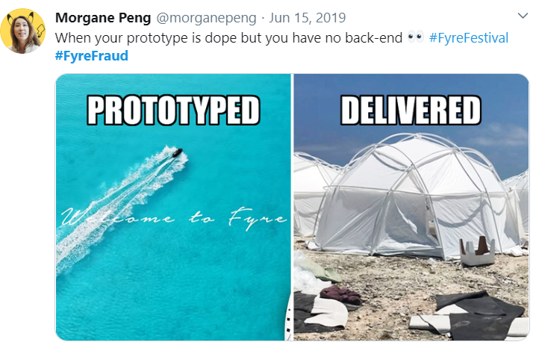
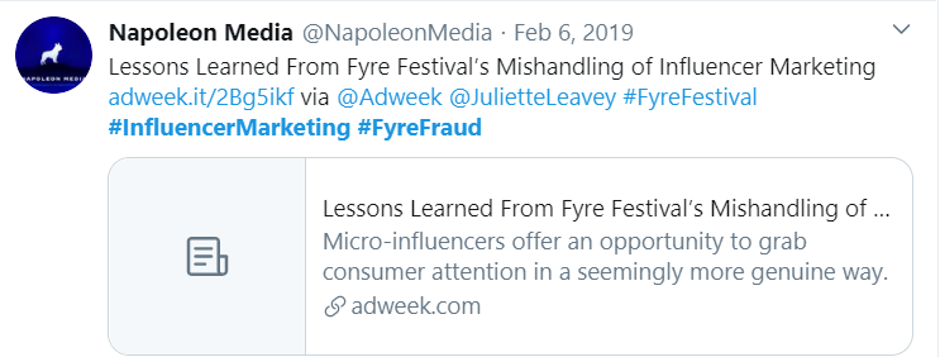
To mega-influencers being called out for ingenuine promotions, it’s clear there’s plenty of skepticism around influencer marketing campaigns.
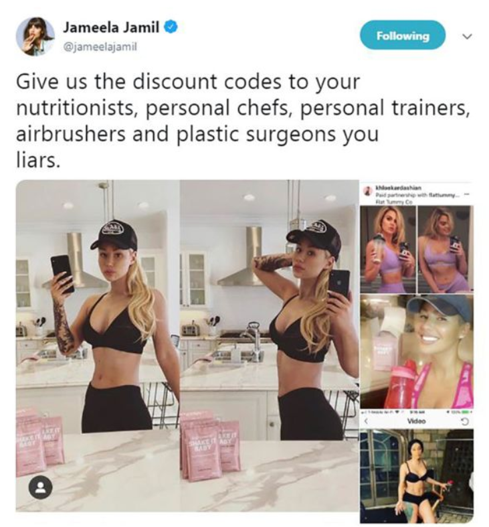
63% of consumers in the UK trust social media a lot less than they did just a few years ago. The lesson? Influencer marketing works and it is popular. But there’s a deep mistrust of the industry which needs to be navigated carefully. More on that later…
#2 Tighter regulations
The whole Fyre Festival mess-up resulted in tighter regulations for the sector including a crackdown by the Advertising Standards Authority (ASA) which demanded that all sponsored posts be clearly labelled. Just recently, the Federal Trade Commission (FTC) has also called for tougher penalties on companies that disguise advertising on platforms like Instagram, YouTube and TikTok.
The worry is that current guidelines are not being followed. Recently, companies such as Lord & Taylor have been charged with deceiving the public after working with influencers but not following up on sponsorship rules.
#3 The switch from mega to micro
As part of the whole influencer scepticism issue, many brands are now choosing to work with micro influencers who have between 1,000-50,000 followers or nano influencers who have between 1,000-10,000 followers. This is in comparison to macro and mega influencers who can have millions of followers.
Benefits of working with micro influencers include:
- Increased engagement with many generating 7x more engagement that macro influencers and 22.2x more conversations.
- 5% of marketers believe micro-influencers are most effective at reaching the desired target audience.
- 61% of people find information from ‘a person like me’ to be credible or very credible. So, partnering with micro-influencers can humanise your brand and bring audiences closer rather than push them away.
How to make influencer marketing work for you
The influencer marketing landscape must be navigated with caution. If you want to build a strong brand, it’s important to work with influencers that:
- Have a relevant link to your brand
When Spanish fashion retailer partnered with Spanish micro influencer Olga Victoria @dirty_closet, the brand managed to obtain almost € 88,000 in Media Impact Value in the first half of 2019. Why? Because the influencer matched the objective of the brand, appealing to a target audience already captivated by fashion.
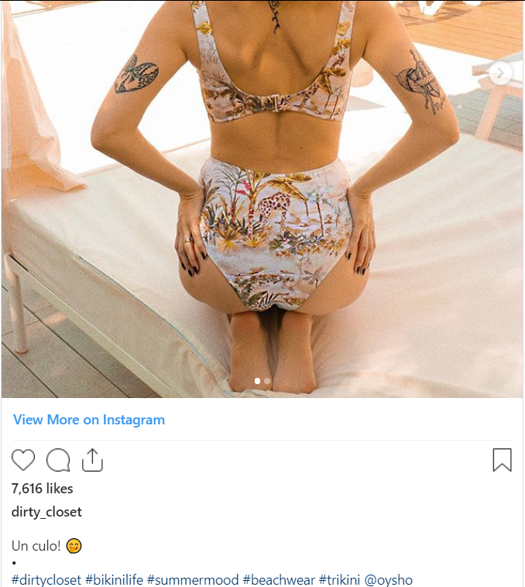
Another great example was when Forever 21 teamed up with plus-size influencer Kristal Heredia to draw attention to their new plus-size range. This was a good match that was a great way to increase brand views without being overly promotional.
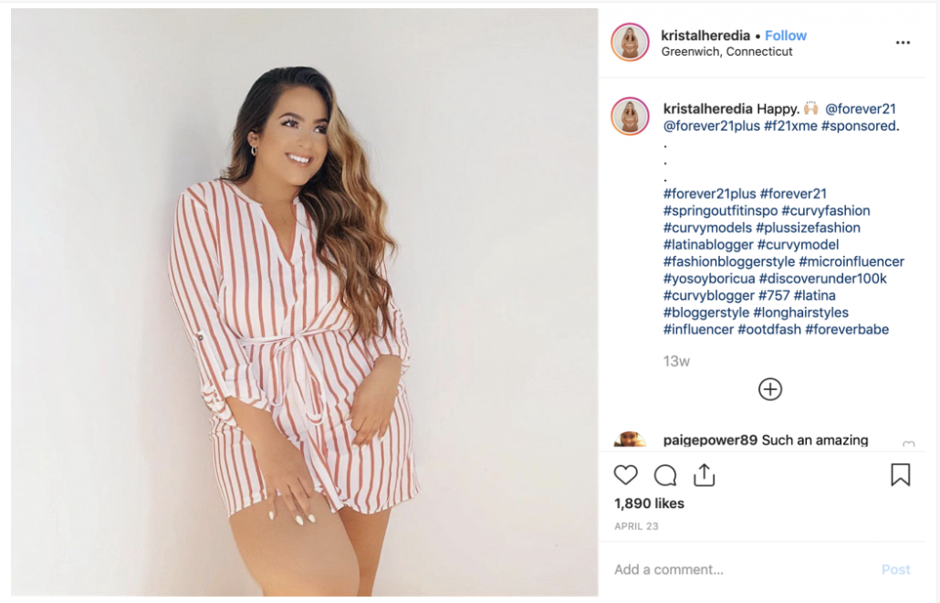
- Come across as genuine and authentic
In an age of fake advertisements and influencer marketers that are in it for the cash, it’s important to break out of that cycle and focus on authentic collaborations. Gen-Z dislikes anything over-worked, over-polished, or nonsensical and with $200 billion in spending power, they’re an audience worth listening to. Especially if you’re targeting teens and young adults. You need to find the right influencer who would best suit your product or service. Influencer search tools (learn more) with keywords might come in come in handy to find the relevant individual who can market your products.
When Mattel re-launched Polly Pocket, they focused on specific demographics to discover influencers who could relate to the product and bring a sense of nostalgia. By forming the right connections and through careful storytelling, old toys were effectively revived.
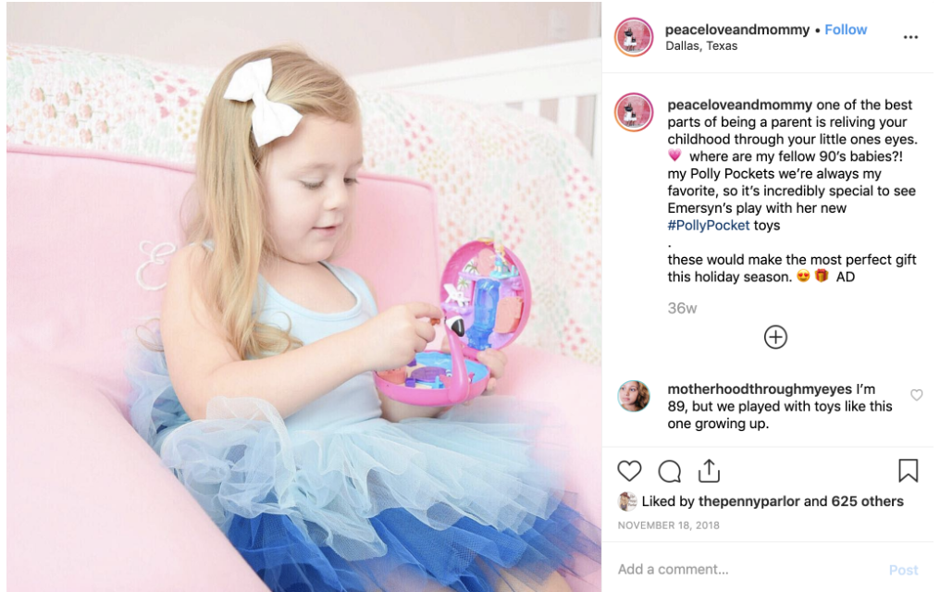
By teaming up with influencers who focus on a niche topic that matches your brand, you will instantly gain access to followers that should be genuinely interested in what you have to offer. You can also hire a tiktok influencer marketing agency that can find a perfect influencer that can match your brand profile. Employing such marketing tactics can be beneficial since the influencer can generate a new swarm of customers for your brand and help in increasing sales and revenue.
This is in direct contrast to celebrity influencers who have a lot of followers, but many will be completely uninterested in what you have to say.
This is in direct contrast to celebrity influencers who have a lot of followers, but many will be completely uninterested in what you have to say.
The below account shares tips on how to reduce waste and live an eco-friendly life. It would be a great influencer account for eco-friendly brands.
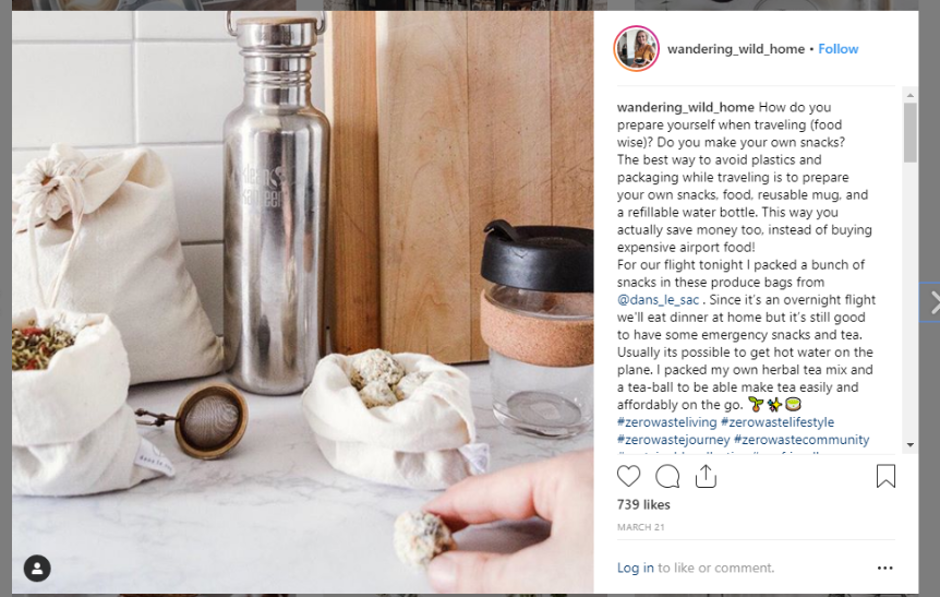
- Are more likely to interact and engage
When Google promoted their new Pixelbook laptop, they could have worked with anyone being such a huge brand. But, they focused on social media engagement rates to source @thesorrygirls who helped launch the product with a single sponsored post. This encouraged users to like the image and leave a comment about how they’d use the laptop if they won. The result? An engagement rate of 59.4% – much higher than any macro influencer would see on their posts.
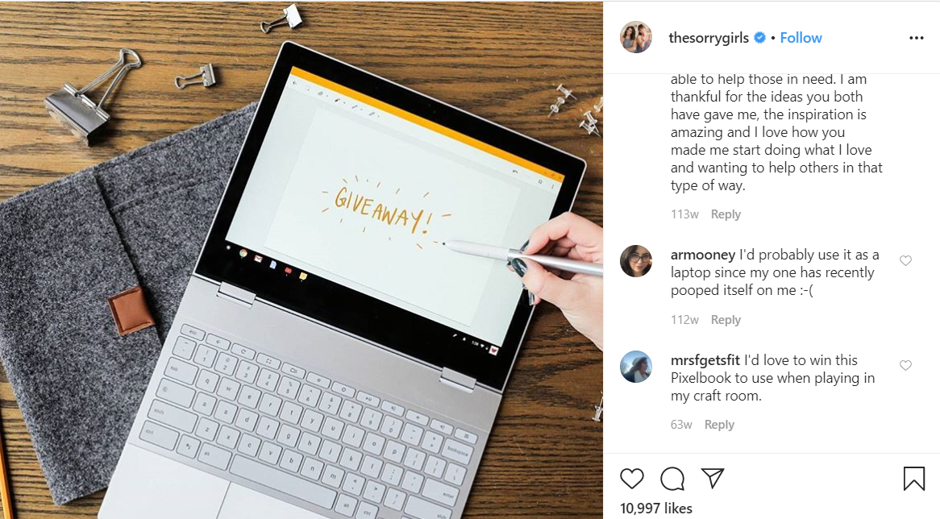
Top tips for finding the right influencers for your brand
When it comes to finding the right influencers for your brand, there are several things you can do.
1. Know your budget and timeline.
As a rule, the influencer pricing structure depends on follower numbers making micro and nano influencers a lot cheaper to work with. The figures look something like this.
- Facebook influencer pricing: $25 per 1000 followers.
- Instagram Influencer pricing: $10 per 1000 followers.
- Snapchat Influencer pricing: $10 per 1000 followers.
So, for an Instagram campaign:
- An influencer with 10,000 followers could charge $100 per post
- An influencer with 100,000 followers could charge $1000 per post
- An influencer with 1,000,000 followers could charge $10,000 per post
2. Use free influencer marketing search tools
There are many free tools that make it possible to select influencers based on outreach and engagement. Upfluence, for instance, allows you to conduct specific keyword searches to help find relatable people. HyperAuditor’s AI also ranks influencers by quality followers and authentic engagement. If, however, you find that such free marketing tools are of limited help to you, then you might be better off hiring an influencer marketing agency to take over your campaigns.
3. Conduct research on your social channels
By clicking through your followers, you can see if anyone has a large following and reach out accordingly. Those already interested in your product would make great advocates for your brand, so look out for positive comments and brand interactions across your channels.
When analyzing the benefits of each influencer, make sure they:
- Have a close relationship with their audience. Nano-influencers tend to rock at this by regularly leaving replies to posts.
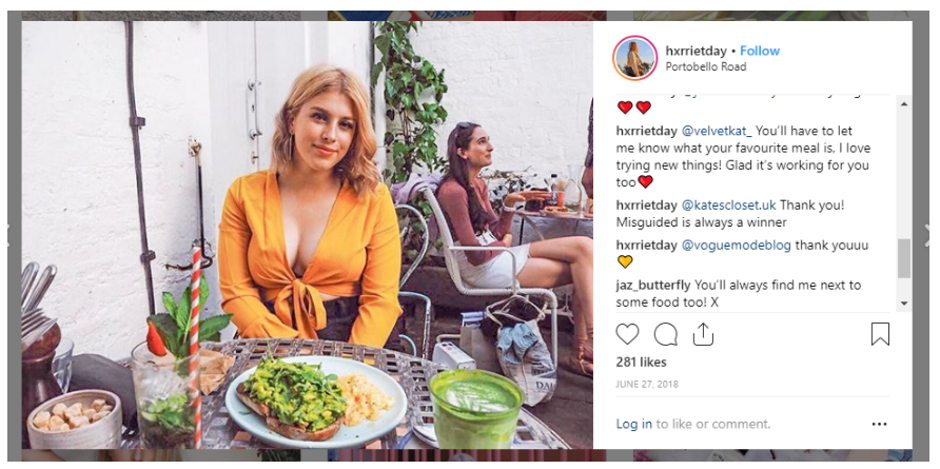
- Are active on their account and have enjoyed successful past collaborations.
- Don’t have a history or volatile or unethical behaviour
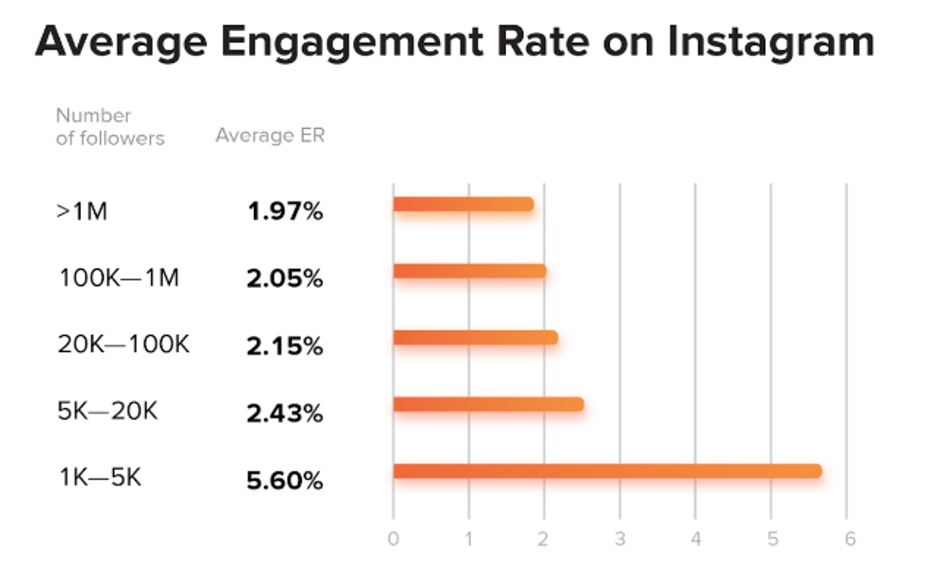
There’s a lot to think about when it comes to influencer marketing, but the key takeaway is that consumers are much more skeptical. They’re buying into genuine campaigns and authentic messaging, so you need to ditch the fake.
Enjoyed reading Influencer Marketing, Where Are We Now? Then don’t forget to hit the share button. If you’re looking to build brand awareness and social media traction, drop me a comment below or send me a message. My team at Contentworks Agency specialise in authentic content marketing and can get your brand positioned for success.